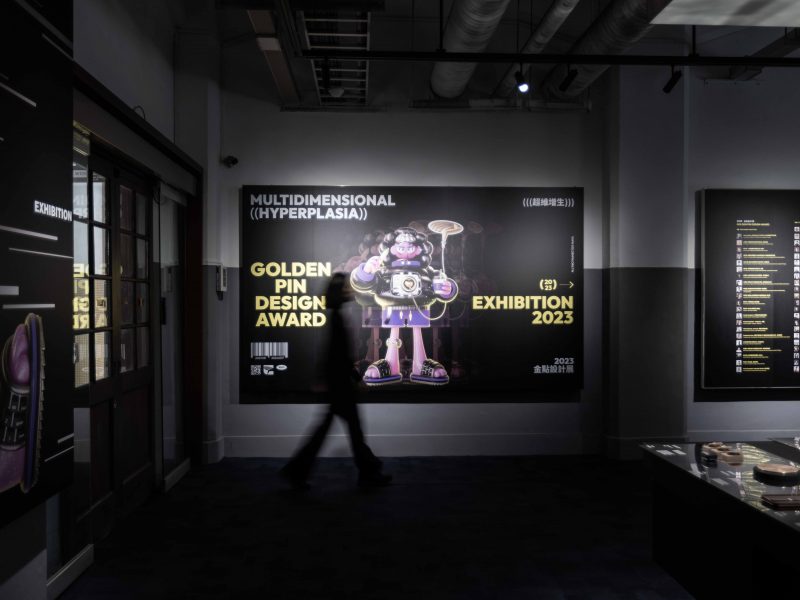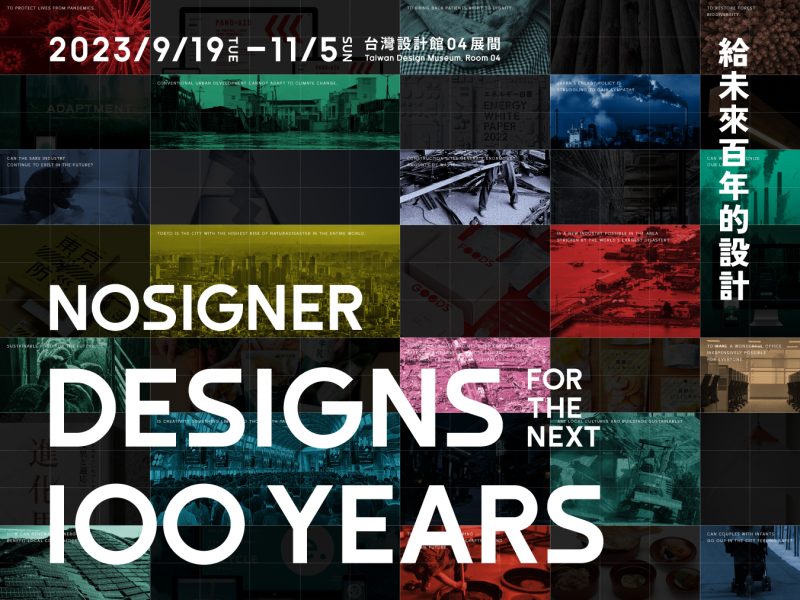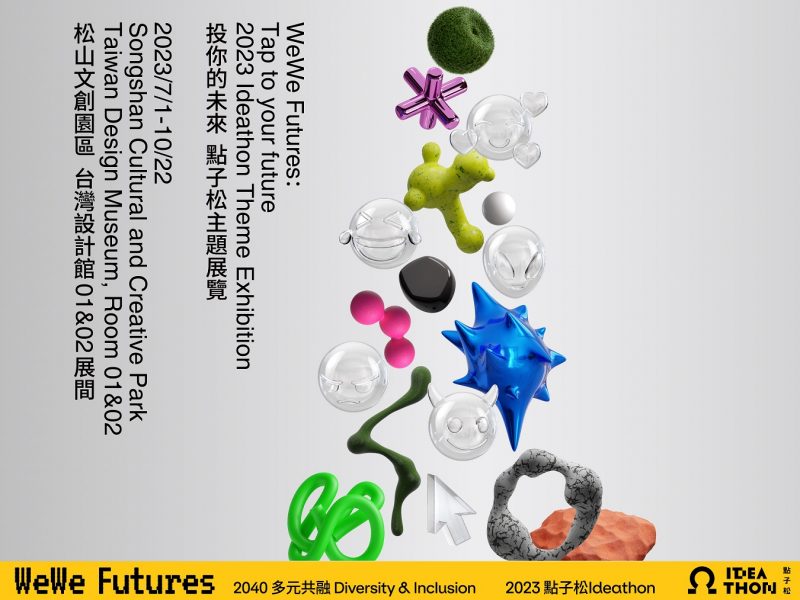Tim Brown, the CEO of the world-renowned design firm IDEO, pointed out that “the future of design is circular.” People would then ask, “What is circular design?” If “design” seeks to change human life, “circular design” is to change the human society through design. In other words, this change aims to facilitate a positive, sustainable development of the human society. Therefore, circular design can be defined as sustainable design, reflection design, social design, or even ecosystem design. To put it simply, design must be meaningful to generate values.
The current exhibition “Circular Design – Are you In-Circled?” will give new insights to visitors. From this exhibition, visitors can learn about what circular design solutions are, and whether the materials of everyday items are reusable or recyclable. Businesses and designers can also explore future upcycling design & innovation by shifting the past linear thinking to circular thinking.
— Dr. Song, Tong-Zheng, CEO of Taiwan Design Center
With the changes in times, cities of the future expand and further increase the urbanized consumptions, resulting in consuming more disposable materials. With economies of scale plundering limited resources and the global trends on environmental policies, it is foreseeable that the cost of extracting raw materials will be greater than that of using renewable resources. To keep business for long term success, designers or manufacturers should be involved in circular design as early as possible, as it is unavoidable yet crucial.
12 Must-Know Main Materials in Circular Design
The exhibition is separated into five zones with the “Sustainable Material Zone” on both sides. The display of 12 main recyclable materials and the corresponding manufacturer’s know-how technologies allow visitors to gain insights into the most advanced core technologies in Taiwan’s circular design.
1. E-waste Printed Circuit Boards










11. Coffee Waste


Unceasingly circular system consisting of consumers, designers, and manufacturers
Visitors can also experience the recycling and remanufacturing process with the on-site “Interactive Installation.” Outside the exhibition, the “Waste Art Corridor” displays six pieces of giant artwork collaged from six major wastes. The eye-catching visual performance is impactful, reminding people of the importance of waste recycling.
The curator Miniwiz specially presents the circular design exhibits paralleled to the European ones such as the giant spheres at the exhibition entrance. Its surface is covered with tiles made of recycled PET bottles, which is suitable for remanufacturing. At the back of the exhibition, visitors can find a pipe-like Tetrapod™ modular system. Its revolutionary new material made with recycled filters of IQOS heatsticks can carry out air purification, and the modular design allows storage of wires and cables with diverse combinations for efficient applications.
By keeping circular design in mind, a contemporary and future-recognized designer pursues more than aesthetics and functions, but more importantly, the ability to create items with longer lifespan or able to be recycled and remanufactured. For manufacturers, it is necessary to strengthen individual technologies and production lines for manufacturing products not to be wasted, and not to produce unnecessary waste. The following are some efficient design guidelines for “Circular Design Circle”:
1. Recycled sources
2. Single materials
3. No glue
4. Design for assembly
5. Minimal shipping volume
6. Modular system design
7. No paint and coatings
8. Design for manufacturing
9. Scalable design
10.Non-toxicity

Dates: November 10, 2018 ~ March 03, 2019
Time: 09:30 – 17:30, Tuesday to Sunday
Venue: Exhibition Zone 5, Taiwan Design Museum (Songshan Cultural and Creative Park)
Admission Fees: Adults NTD 100, Students and Groups NTD 80 (Fees may vary based on nature of exhibition; latest changes will be announced on the Song Yan Court website.)
Official Organizer: Industrial Development Bureau, MOEA Executive
Organizer: Taiwan Design Center
Curatorial Advisor: Miniwiz, Blues To











